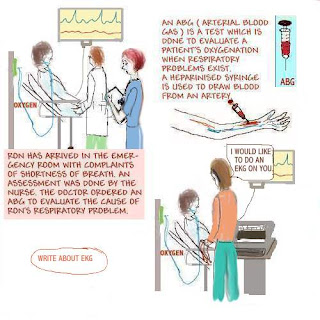MORE CLINICAL LEARNING FOR NURSES

learning with new and inexperienced nurses.
Sometimes, the clinical setting can be viewed
as being of less value than high scores in the
classroom.
areas such as : ER, ICU, CCU, PACU , I cherish
all that I have witnessed and been a part of.
setting that can be of great value to any nurse.
Diabetes mellitus, if not well managed,
may be further complicated by conditions
such as cardiovascular disease, stroke,
Retinopathy, Neuropathy and PVD.
What is PVD?
Peripheral Vascular Disease (PVD) is caused
by poor circulation. The diabetic patient is at
risk for this condition.
Gangrene resulting from poor circulation and
may lead to surgical intervention such as amputation.
a math calculation. Please take a moment to
read and understand what this is about.
Have a good day.




 The image above demonstrates Ventricular Tachycardia.
The image above demonstrates Ventricular Tachycardia.









 Updated 4/24
Updated 4/24
 Updated 5/24
Updated 5/24









